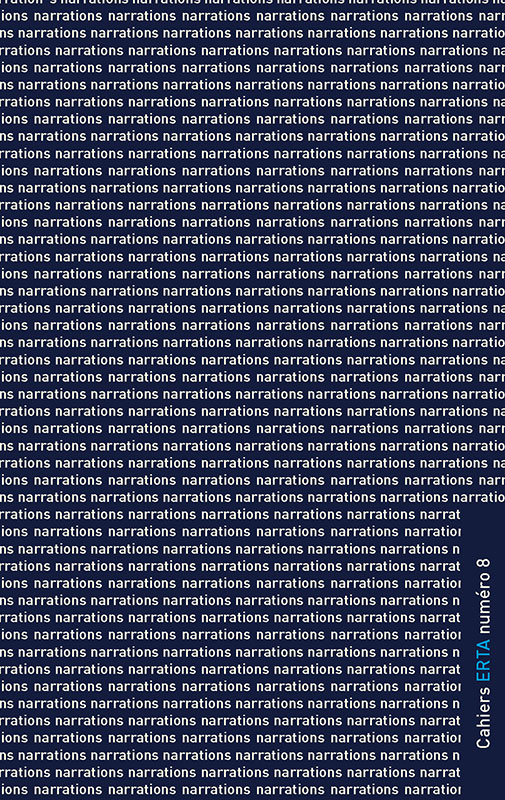La diffraction narrative du trauma dansWou le souvenir d’enfance de Georges Perec
Mots-clés :
enunciative heterogeneity, discourse analysis, trauma, critical autobiography, childhood memoriesRésumé
This article intends to show how the narrative in W or the Memory of Childhood Georges Perec reflects the trauma experienced by the writer because of the disappearance of his parents during World War II. This specular work intersects with a personal narrative fiction and creates an unusual play of mirrors. Indeed, the trauma of Perec seems to be diffracted in a hidden place that is at the crossroads of the two stories. How the writer does he sets up the textual construction of his trauma? Why Perec’s trauma cannot be fixed in one place but remains suspended in writing?
Téléchargements
Références
Abraham N., Torok M., Deuil et mélancolie, dans L’écorce et le noyau, Paris, Aubier Montaigne, 1978.
Callas F., Charbonneau D.-R., Méthode du commentaire stylistique, Paris, Nathan, 2000.
Felman S., Laub D., Testimony. Crises of Witnessing in Literature, Psychoanalysis, and History, New York, Routledge, 1992.
Perec G., W ou le souvenir d’enfance, Paris, Denoël, 1975.
Genette G., Figures III, Paris, Seuil, 1972.
Lejeune Ph., La mémoire et l’oblique, Georges Perec autobiographe, Paris, P.O.L, 1991.
Perec G., Lederer J., « Cher, très cher admirable et charmant ami… », Correspondance Georges Perec et Jacques Lederer, Mayenne, Flammarion, 1997.

 Revues scientifiques académiques
Revues scientifiques académiques





